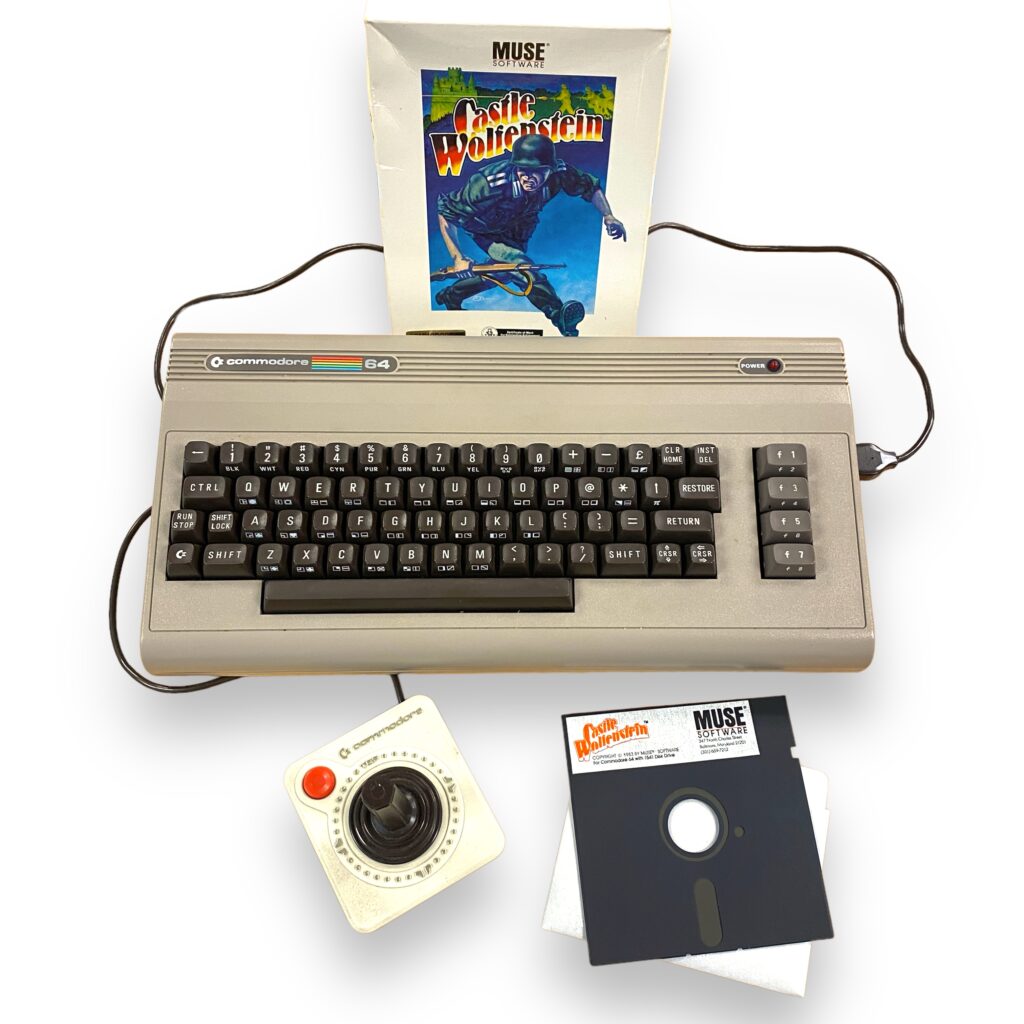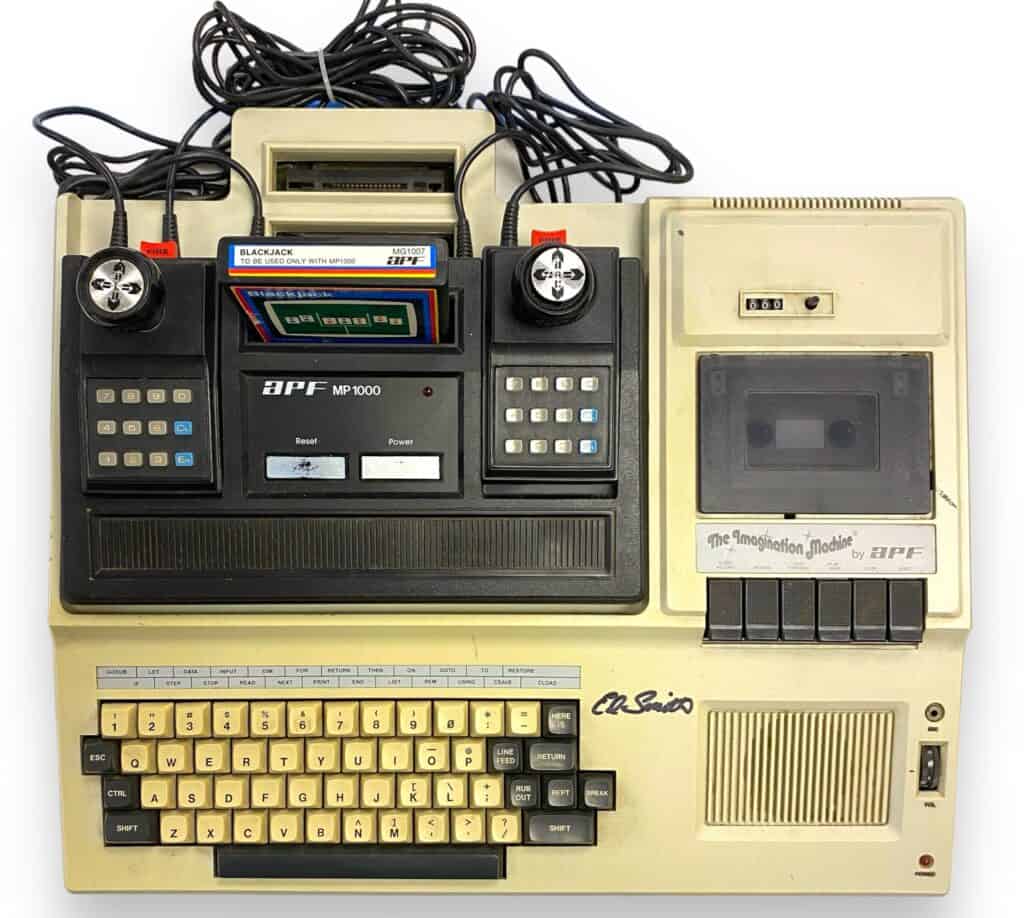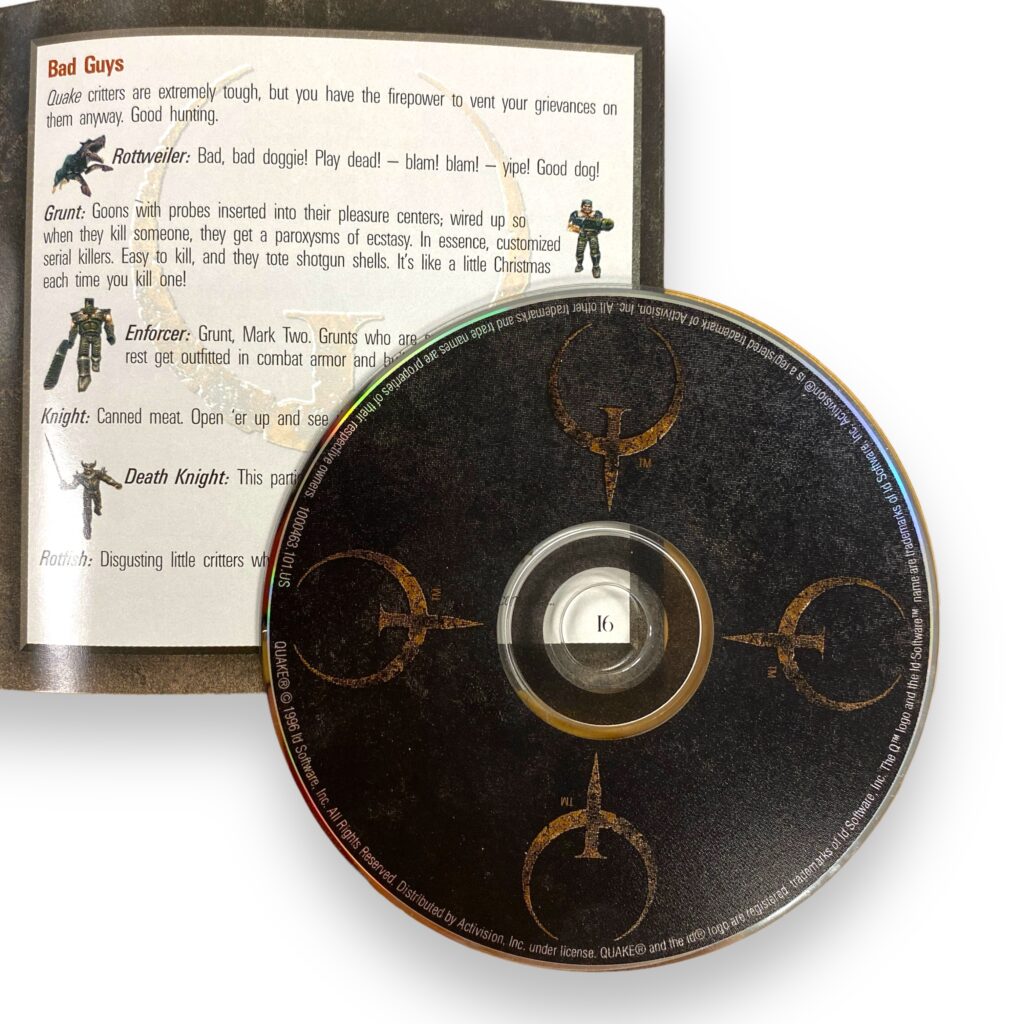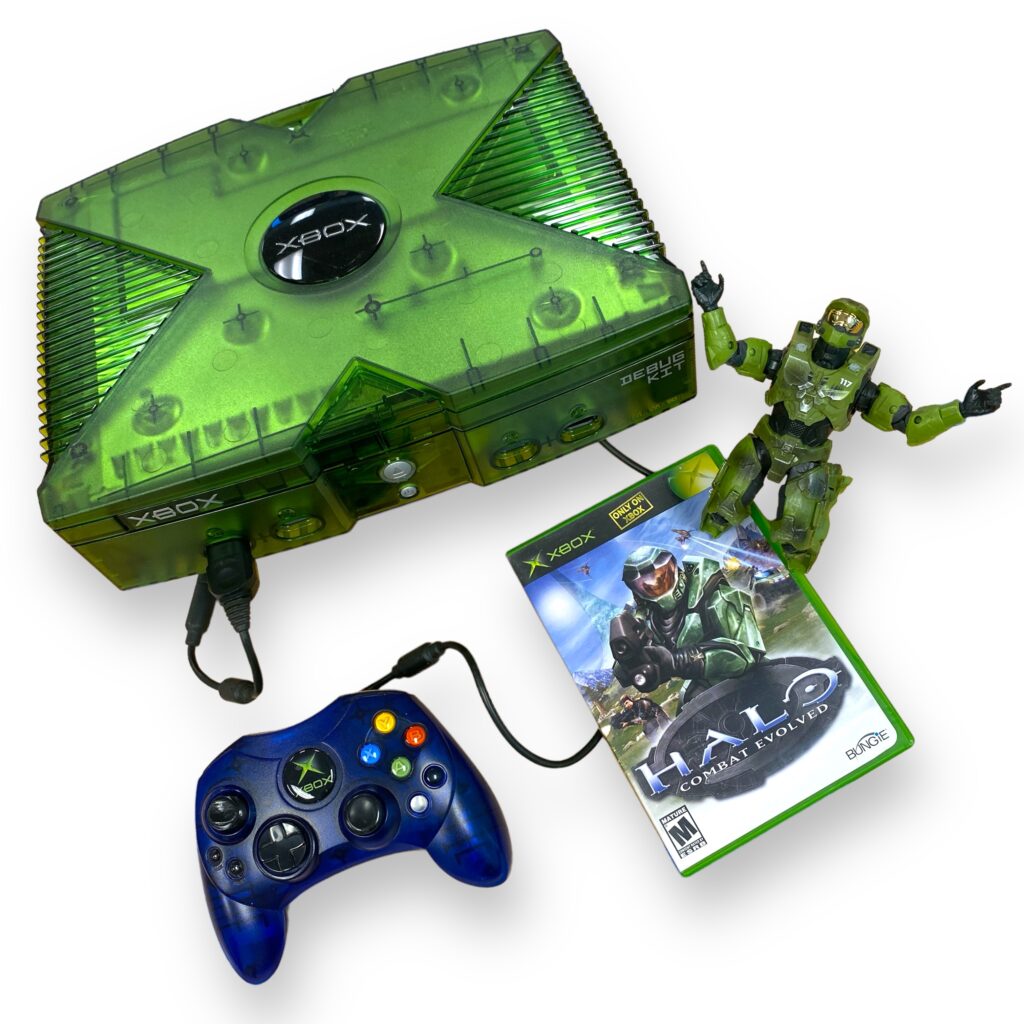
The Computer History Museum's new exhibit, Retro Games: From Atari to Xbox, showcases classic games and gaming systems from CHM’s collection and runs from May 24 through August 4, 2024. You may remember many of the games featured, but you might not know the history behind the machines that ran these addictive diversions.
Today, the video game market is divided between consoles and gaming PCs, but throughout history the line between them has often been blurry. These two categories are closer than you think.
The 1970s saw the birth of the video game and PC industries, thanks to the invention of the microprocessor by Intel in 1971. Early PCs, like the Altair 8800, were hobbyist kits that required technical skills to use. Video games, starting with arcade machines like Atari’s Pong in 1972, were accessible to all. But early home video game consoles could only play a limited number of built-in games, usually Pong or a close imitation, that were hard-wired into the electronics.
1976’s Channel F by Fairchild Semiconductor, was the first console to use a microprocessor and interchangeable cartridges to hold games. Because microprocessors are computers on a chip, games can be written as software and stored in a cartridge’s read-only memory chip, or “ROM.”
The most successful console of the 1970s and early 1980s was the Atari 2600. In 1985, Nintendo took the lead in the US with the Nintendo Entertainment System (NES). Both were initially branded as computers for the home: the 2600 as the “Video Computer System,” or VCS, and the NES as the "Family Computer," or Famicom in Japan. They used variants or clones of the MOS Technology 6502 microprocessor, the same chip used in the Apple II, BBC Micro, Commodore 64, and Atari 800 home computers.

The MOS Technology 6502 was a low-cost 8-bit microprocessor popular in both game consoles and home PCs. Photo by Aurora Tucker.
Atari entered the home PC market with the Atari 400 and 800 in 1979, which had similar hardware to 1977’s 2600 console but with better graphics, sound, memory, and expandability. These computers also had cartridge slots, making them popular for gaming. 1982’s Commodore 64, also a popular gaming computer with a cartridge slot was cheaper than competitors and became the best-selling computer of all time. Despite their gaming features, both the Atari 800 and Commodore 64 were considered PCs, not consoles.

Commodore 64 computer (102674084) with joystick (102647138) and Castle Wolfenstein game (102689439). Monitor not shown.
Some companies tried to create hybrid systems by creating add-on devices for existing consoles, turning them into full-blown PCs. APF’s Imagination Machine and Mattel’s Intellivision were both unsuccessful attempts at this strategy.

APF Imagination Machine microcomputer (102801477) with attached APF MP1000 game console (102801478) and Blackjack game cartridge (102801482).
By the late 1980s, the PC market began to shift from proprietary systems to an open platform governed by industry standards. 1981’s IBM PC, though initially proprietary, used standard components and licensed its operating system, DOS, from Microsoft. This allowed other companies to create compatible “clones,” leading to the rise of the Wintel (Windows and Intel) PC.
Consoles remained proprietary, with Nintendo and Sega dominating the market in the late 1980s, followed by Sony’s PlayStation in the 1990s. Game consoles were designed like appliances and could not be easily upgraded like PCs, which could add new components, allowing them to evolve over time. By the mid-1990s, PCs with aftermarket graphics and sound cards were outperforming many dedicated game consoles. The debut of 3D graphics cards and new game genres like first-person shooters further boosted PC gaming.

Quake I CD-ROM disc and manual (102752170). First person shooter games like Quake drove the development of 3D graphics hardware for PCs in the 1990s.
During the mid-1990s, Microsoft also created DirectX, a dedicated software layer for games on Windows. Prior to this, most PC games ran directly on DOS since it was faster and gamers didn’t like slowdowns. Windows 95 removed this option, so Microsoft provided DirectX to give game developers direct access to PC hardware such as graphics cards.
In the 1990s, video game companies began integrating PC technologies into their consoles. CD-ROMs, which stored more data and were cheaper than ROM cartridges or floppy disks, became common first on PCs, with games such as 1993’s Myst. The Sega Saturn and Sony PlayStation both used CD-ROMs for storage, with Nintendo's N64 being a noteworthy holdout. However, Nintendo did incorporate 3D graphics technology by partnering with Silicon Graphics for the N64. 3D graphics and optical disc-based media marked a significant shift in video game console technology.

The Sony PlayStation 2 (102752166, 102752167) is the bestselling video game console of all time. Grand Theft Auto: San Andreas (102752169) is the top selling game for the PS2, with Final Fantasy X coming in at 5th (102752168).
In the early 2000s, Microsoft was trying to expand into the living room and saw Sony’s PlayStation 2, which also played DVD movies, as a threat. Microsoft responded with the Xbox in 2001, a system that was essentially a Windows PC turned into a console. It used an Intel microprocessor, NVIDIA graphics chips, and a hard drive, and it ran a specialized version of Windows with DirectX. This allowed game developers to easily port PC games to the Xbox.

Xbox debug kit (102718658), Xbox controller (102752163), Halo: Combat Evolved game (102752162) and Halo Masterchief action figure. Halo’s popularity drove sales of the Xbox. Photo by Aurora Tucker.
Both the Xbox and PlayStation now use PC technologies, with many games based on Epic Games’ Unreal Engine, which was first used in the PC first-person shooter game Unreal in 1998. First-person shooters, a genre that originated on PCs in the 1990s, became popular on consoles with games like Halo and Call of Duty in the 2000s.
Today, the main difference between game consoles and gaming PCs is cost and upgradeability. The same types of games are available for both through online stores. Vintage console games like Street Fighter II can be played on PCs, while complex simulations like Civilization can be enjoyed on consoles.
Console or PC, does it matter what you’re playing on if you’re having fun?
We hope to see you at CHM for the Retro Games showcase—you'll even be able to play some games, and you can discover more about games in the Revolution exhibition. Retro Games closes August 4, 2024, so get your ticket now!